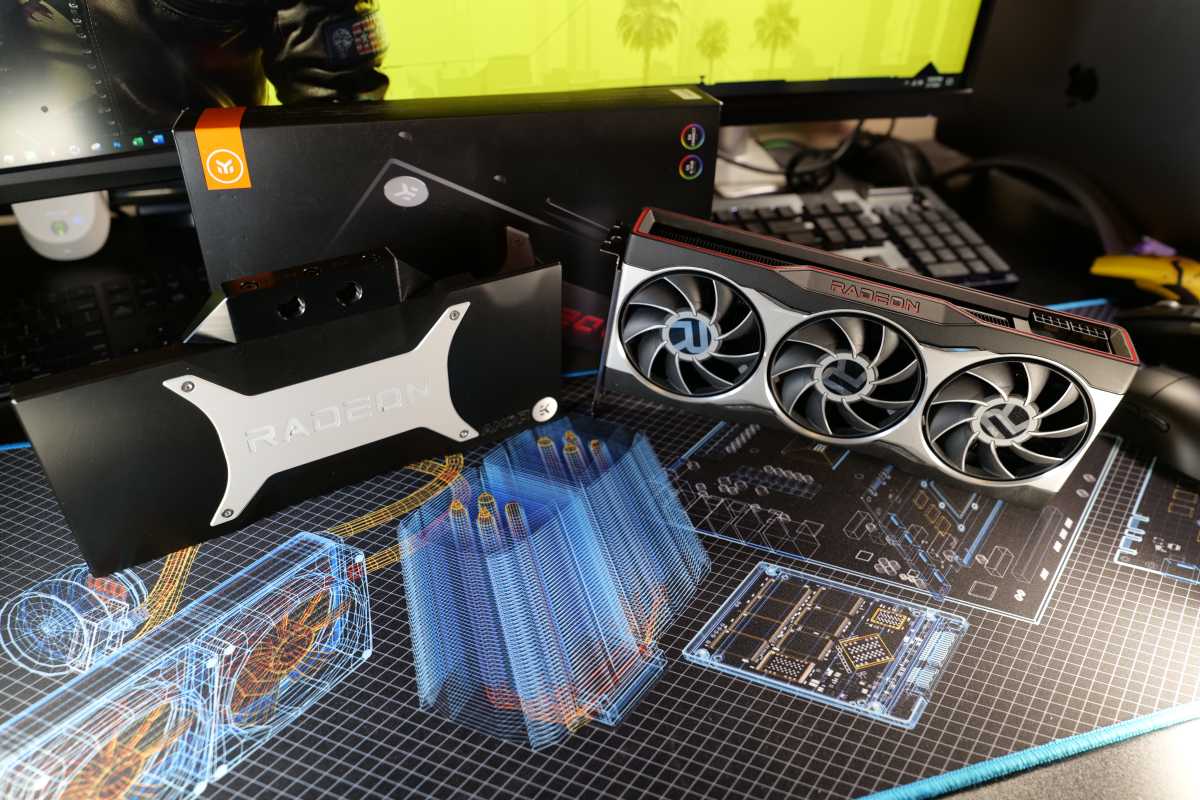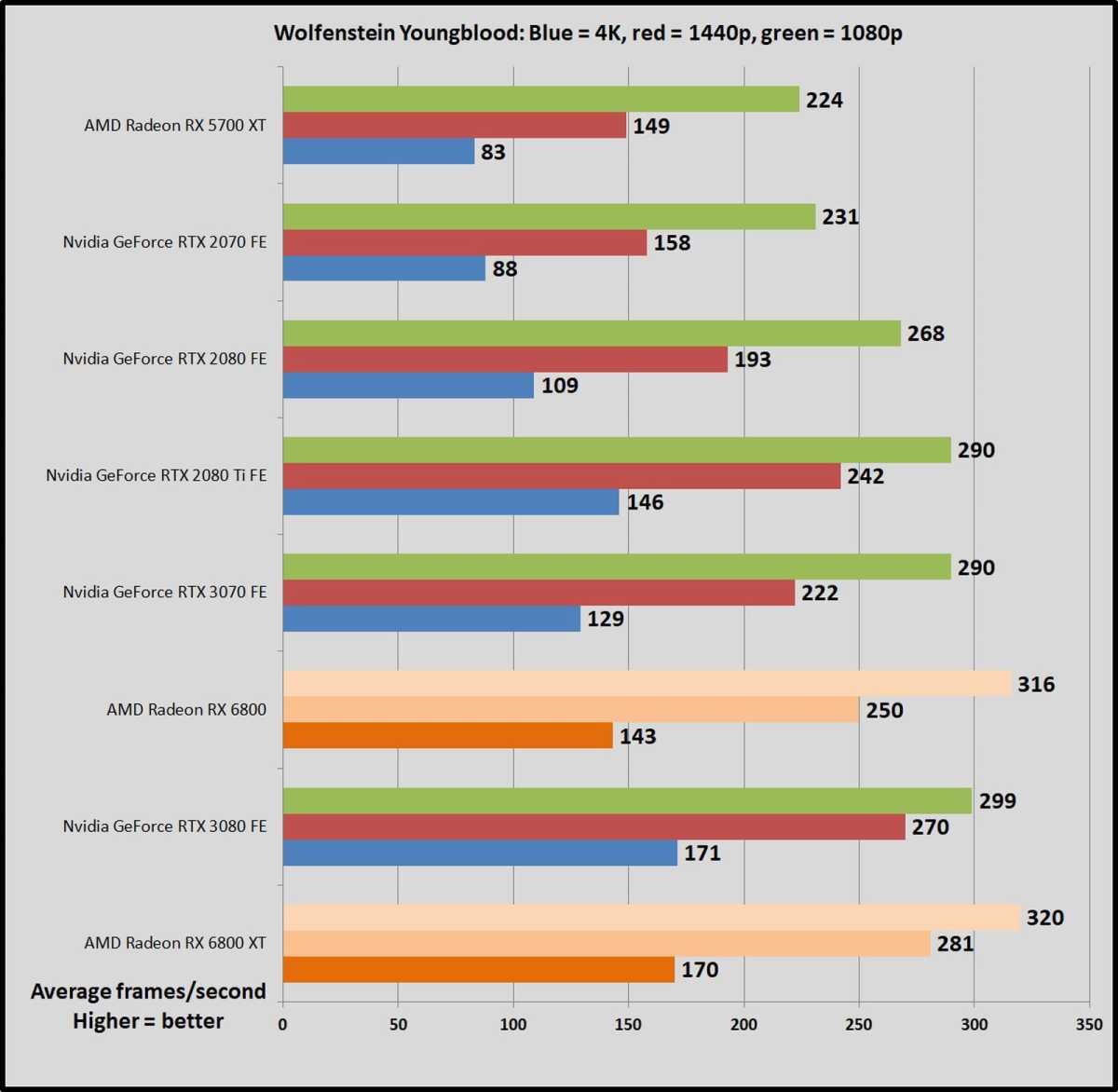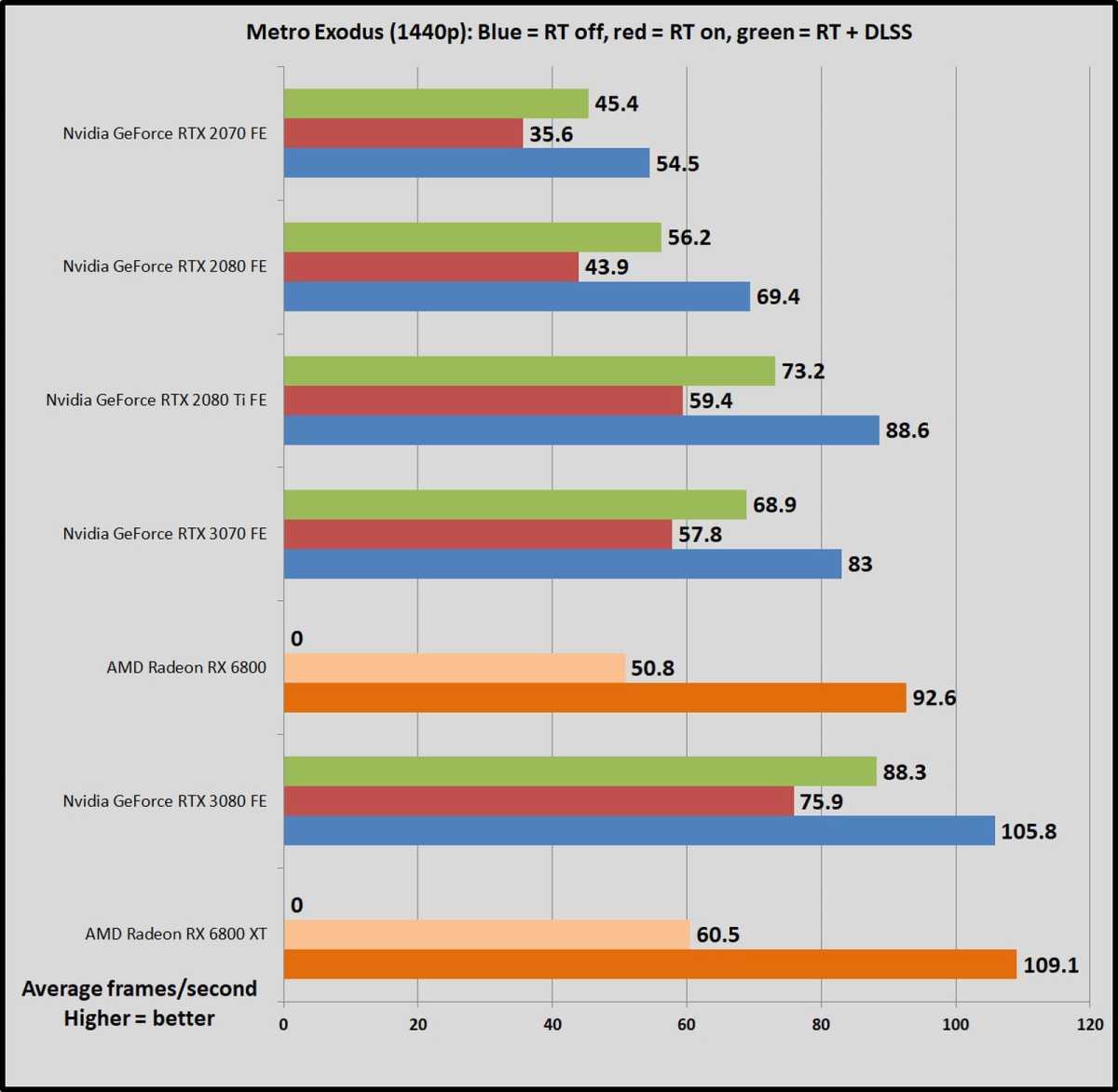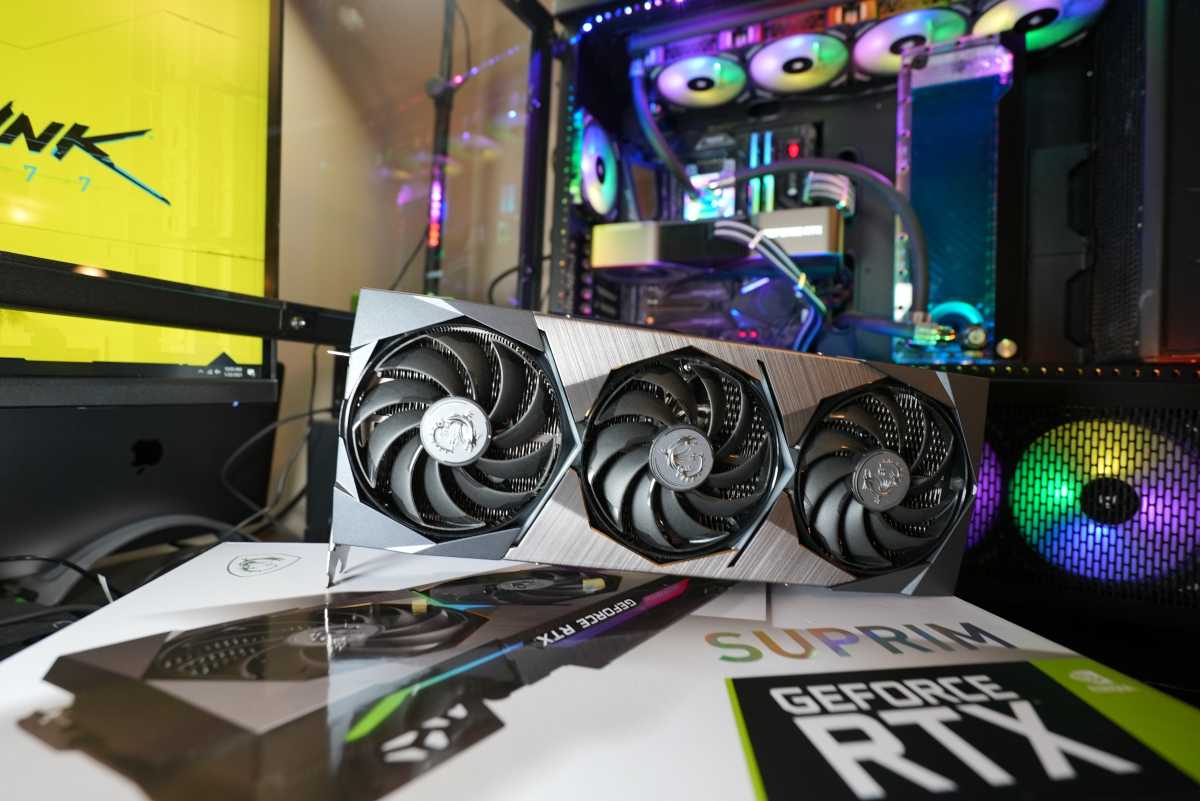
[ad_1]
The Nvidia GeForce RTX 3070 and AMD Radeon RX 6800 lay at what can be considered the sweet spot in gaming performance: good thermals, great performance, and theoretically decent pricing. With recent MSRP and street pricing raging out of control, are they still attractive choices? Which is the best graphics card for you? Let’s look at their pricing, performance, and more to answer those questions. If you can find one, that is.
Nvidia RTX 3070 vs AMD RX 6800: Price and availability
Forget that the RTX 3070 should be $499, or the Radeon RX 6800 $579. These mythical numbers exist only to tempt us. The GPU shortage debacle has taken its toll on pricing, you can expect to pay at least double for the RTX 3070 on the second-hand market. If you think that’s rough, in May it reached a peak of almost $1500 for some models due to the crypto mining boom.
The AMD RX 6800 doesn’t fair better here either; you’ll fork over nearly double its original MSRP to pick one up, too. Regardless of price, the RTX 3070 has been one of the most popular GPUs in units sold, far eclipsing the AMD offerings in units if we’re to believe things such as the Steam gaming survey.
With its high popularity and despite its greater availability, the RTX 3070 is typically tough to find in stock. Gamers are still Nvidia-centric in their preference, thanks to better ray tracing and DLSS performance, Nvenc encoders, and brand recognition. AMD has produced a truly competitive GPU in the RX 6800, but its sales have suffered due to higher third-party AIB model pricing and lower availability compared to the RTX 3070.

The AMD Radeon RX 6800 next to an EK waterblock plate.
Thiago Trevisan/IDG
Nvidia RTX 3070 vs. AMD RX 6800: Performance
Nvidia’s RTX 3070 came with lofty performance promises of beating the previous flagship RTX 2080 Ti for considerably cheaper. The AMD RX 6800 brought Radeon GPUs back into the high-end competitive arena. The more expensive RX 6800 is better, sometimes. To decode this, let’s look at some brand specific technologies and how they impact performance.
First, Nvidia has a lead in areas such as DLSS (Deep Learning Super Sampling) and ray tracing. AMD has introduced its own counterpart variants but they need time to mature. DLSS can be a game changer in certain titles, improving performance considerably. Coupled with ray tracing, DLSS is extremely effective with its AI upscaling. AMD also has its own perks; such as Smart Access Memory. This allows your Ryzen 5000 CPU to unlock more performance from a Radeon RX 5000- or 6000-series GPU, giving you higher frame rates in many games.
The RX 6800 also packs 16GB of GDDR6 VRAM, compared to a skimpy 8GB on the RTX 3070. For 1080p and 1440p gaming, this is not significant. For 4K and above, however, 8GB of VRAM may have future limitations in some titles; but we wouldn’t worry for most use cases.

Brad Chacos/IDG
In Wolfenstein Youngblood the RX 6800 is faster than the RTX 3070, even though it is an Nvidia-leaning title. You can expect around 11 percent better in 4K, and 13 percent in 1440p. More surprising is that the RX 6800 can often get near an RTX 3080 in performance! Talk about a generational leap from the AMD 5700 XT to the RX 6800. Impressive.

Brad Chacos/IDG
In Metro Exodus, with ray tracing on, we see Nvidia at an advantage here. Performance suffers more on the RX 6800 versus the RTX 3070 when this is switched on. Furthermore, with DLSS activated, the RTX 3070 pulls out even farther ahead versus the RX 6800 with ray tracing-centric titles that support both.
Which is better? For most games, the RX 6800 will give you the better performance. If you want to indulge in ray tracing titles, however, the RTX 3070 is likely a better bet coupled with DLSS. Considering this technology is still maturing, the performance nod does go the to RX 6800 for most use cases especially at lower resolutions.
If you want to play at 4K with all the eye candy, the RTX 3070 typically does better here with DLSS; while the RX 6800 will be superb in 1080p and 1440p.
Nvidia RTX 3070 vs. AMD RX 6800: Power draw and other things to know
The 220W TDP of the Nvidia RTX 3070 is impressive for its performance, as is the 250W AMD RX 6800. Both come in a variety of air cooler designs that typically keep them thermally in check. They’re far from heat monsters like the RTX 3080 and 3090 with their GDDR6x VRAM.

MSI GeForce RTX 3070 Suprim
Thiago Trevisan/IDG
Even If you’re solely a gamer, it’s good to know what is going on in the crypto-mining space as it highly affects GPUs as well. The RTX 3070 has been a popular choice for miners, with its nearly 60 megahashes per second and fairly efficient power draw. LHR (Lite Hash Rate) versions have dampened some of that interest, but they’re still selling like hotcakes. The RX 6800 has similar mining performance, but less efficiency, and typically at a slightly higher price than the RTX 3070. (A much higher average price if you count the third-party AIB RX 6800 cards, which have sky-high MSRPs.)
Which one should you buy?
If you’re a 1080p or 1440p gamer, you’re likely to be better off with the RX 6800 if you find one closer to MSRP. If you must have ray tracing with Nvidia’s glorious DLSS technology at 1440p or 4k, the RTX 3070 is a solid choice.
AMD Radeon drivers are much improved over the previous generation RX 5000 GPUs, but Nvidia still has a lead in general driver implementation.
We wish the answer were simple, however. With record shortages and skyrocketing prices, we’d recommend you grab one that is most reasonably priced if you can find it. You’ll have a blast with either GPU; the mid-range has come a long way. We just hope the price and availability catch up, too.
[ad_2]
Source link